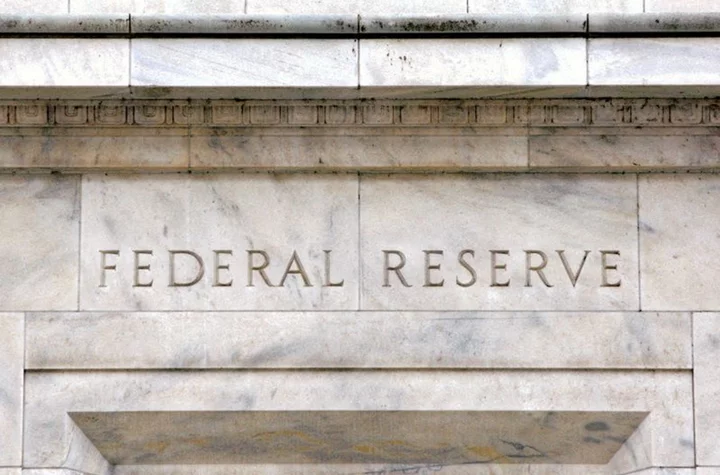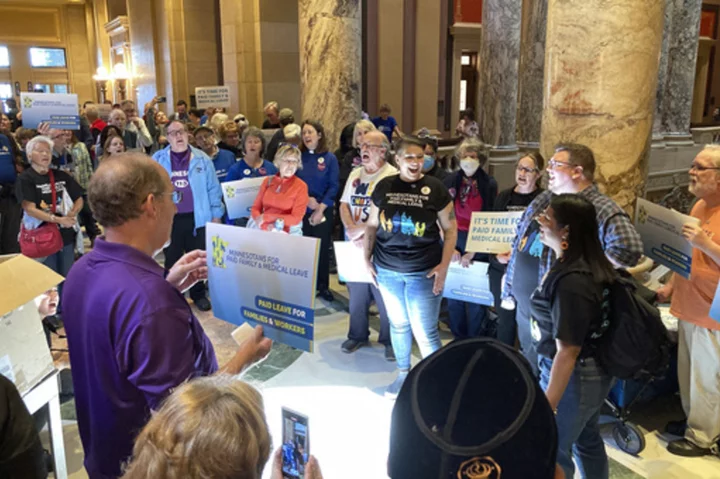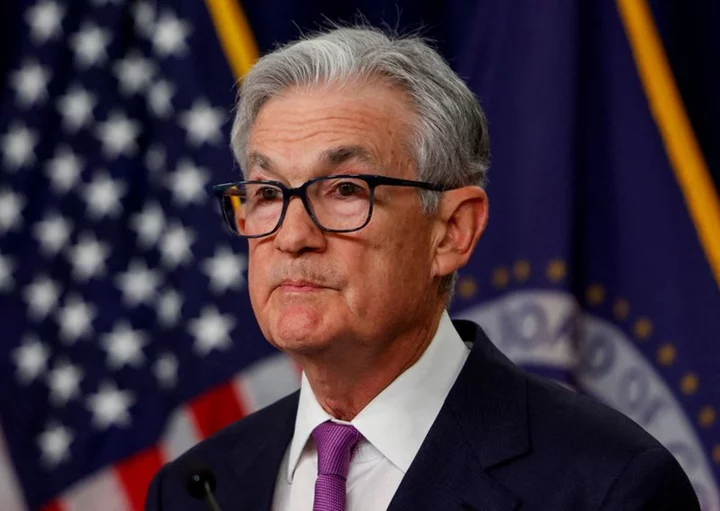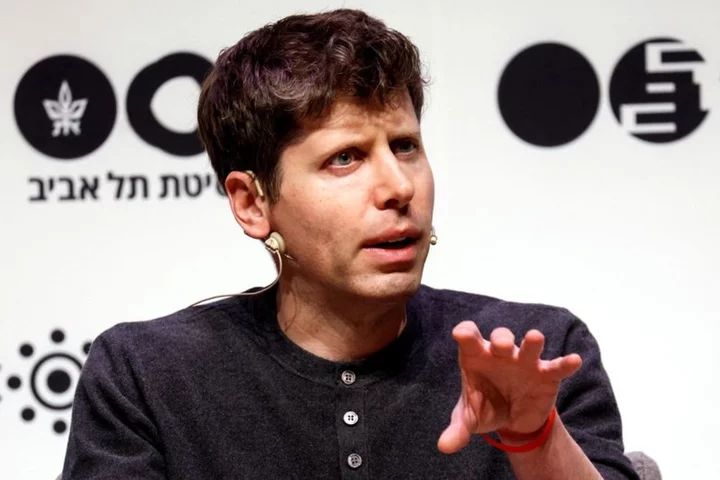By Howard Schneider
WASHINGTON Pessimists watching the Federal Reserve battle inflation have focused on the so-called "last-mile" problem, convinced a full return to the U.S. central bank's 2% inflation target will require a recession and significant job losses to cool ongoing price rises.
History is on their side, with academic studies and other research concluding the levels of inflation seen over the last two years can't be fixed without a downturn, and prominent economists projecting a jump in the U.S. unemployment rate to between 5% and 10% from the current 3.5% - with millions out of work - might be the price that's paid.
As a counterpoint, however, Brent Meyer, the Atlanta Fed's assistant vice president and chief inflation watcher, suggests in a new analysis that the road to 2% inflation may in fact be smooth, rather than filled with the setbacks and difficult choices many Fed officials have said they expect.
It's true that some of the main headline price measures have been sticky. The personal consumption expenditures price index stripped of food and energy was stuck in the comparatively high 4.6%-4.7% range for six months before finally falling in June to 4.1%, a fact some policymakers took as evidence the return to the Fed's target would be slow.
But the annual headline numbers can mask developing trends, and Meyer said the just-released consumer price index report for July showed the breadth of inflation narrowing and its pace moderating in ways he felt could continue.
By his calculation, for example, a rising share of goods, currently about 18.3% of the CPI "basket," is now in what he calls an inflation "sweet spot," with prices increasing between 1% and 3%. Assuming that shelter cost inflation continues to fall, the share of goods where prices are rising more than 5%, presently about 38% of the basket, could be more than halved.
He added that inflation for services less energy and shelter costs, known as the "supercore" and an area of particular concern for the Fed, has by his calculation been increasing over the last three months at just a 2% annual rate. Since CPI inflation tends to be faster than the PCE measures that the Fed uses to set its inflation target, that means one important area of policymaker focus may have dipped below target already.
If that continues, "it's possible that we could cover that last mile fairly quickly," Meyer wrote.
RENTS TO THE RESCUE?
Meyer is not alone among economists who see some positive inflation trends in the making.
The cost of shelter, for example, accounts for about a third of the CPI, and after playing a central role in driving inflation higher early in the coronavirus pandemic it is now expected to help moderate it.
The behavior of the single-family housing market has in some ways beat expectations. Home price indices are rising after only a brief period of decline despite a jump in mortgage rates fueled by the Fed's interest rate hikes since March 2022. The average 30-year fixed mortgage rate rose to more than 7% last October and was just under that level in the latest week. But the pace of increase pales against the double-digit gains in 2021, and the inflation rate for rental housing has also slowed.
Because of how the inflation indices are assembled, it takes time for those changes to appear in the headline numbers. A recent study by San Francisco Fed economists, using real-time housing and rent data from companies like Zillow, projected "a sharp turnaround in shelter inflation" through late next year.
Compared with increases running as high as 8% annually, the pace of shelter inflation should fall below 5%, and possibly even turn negative, they estimated, "with important implications for the behavior of overall inflation."
Two versions of the San Francisco estimates show shelter inflation hitting 0% next year, well below the 3%-to-4% range that Meyer said could help the Fed traverse its last inflation mile more quickly.
BACK TO NORMAL?
Other aspects of the economy may also be snapping into place, a possible late-arriving validation of the Fed's initial expectation that rising inflation in 2021 would prove "transitory."
Supply chain pressures have eased, and as that has happened changes in goods prices have also slowed and helped pull down the headline inflation number.
The road may not be fully clear. Data released on Friday showed the prices paid by producers in July rose more than expected, which may mean core PCE will go up again in July from the 4.1% reading in June. That would be a blow for the many Fed officials who want to see steady declines in the main inflation indicators before putting further rate increases on hold.
The recent producer price index report "offers the hawkish wing of the Fed more ammunition to advocate for another rate hike," said Quincy Krosby, chief global strategist for LPL Financial.
But just as Fed officials were surprised by the rapid run-up of inflation beginning in 2021, they've been surprised at the economy's resilience to the rapid run-up of interest rates they've engineered, and surprised at the progress they have made on inflation so far without clear damage to the job market or economic output.
Fed officials like Governor Christopher Waller have sketched out theoretical reasons for why that could continue, arguing that pandemic-era closures created so many extreme pressures in the economy that a simple return to normal - in the demand for workers, for example - could allow prices to cool without much harm to employment or economic growth.
Additionally, staff economists at the Richmond Fed last week said the central bank is in "uncharted" territory historically given the progress made in lowering inflation without any significant rise in unemployment.
Looking at past Fed interest rate cycles, they noted that since the 1980s the unemployment rate has been less volatile through each one - good news for officials hoping they can pull inflation back to target without a heavy price paid by workers.
Can it continue?
Meyer said it may be "overly optimistic" to expect a trouble-free return to the 2% target.
Still, "the underlying details ... point to good news."
(Reporting by Howard Schneider; Editing by Dan Burns and Paul Simao)









